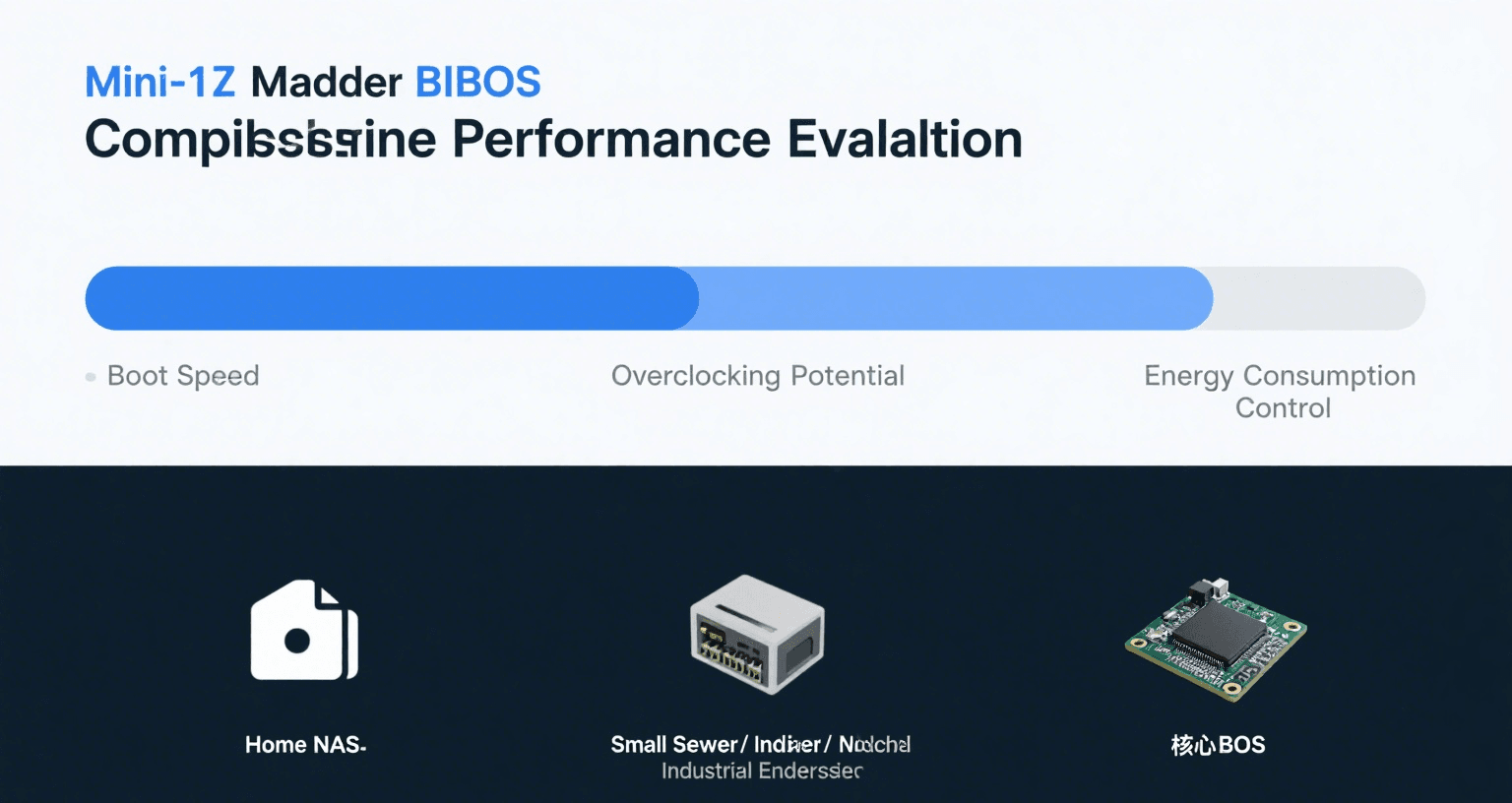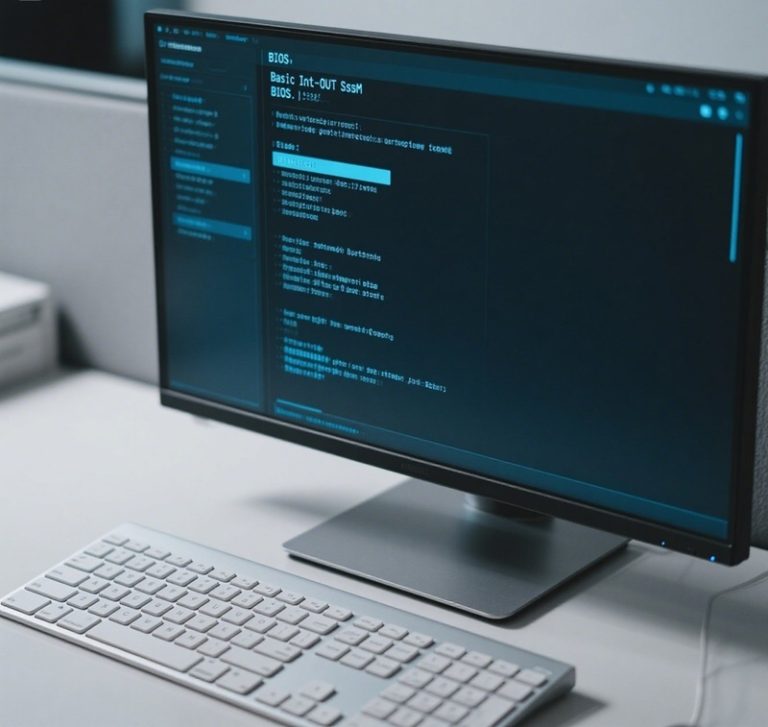Mini-ITX BIOS Feature Comparison: Embedded Stability and Remote Control

Table of Contents
- Introduction
- BIOS Architecture Overview
- Boot Management and Recovery Features
- Power and Thermal Controls
- Security Capabilities in BIOS
- Memory and ECC Configuration
- Storage and PCIe Customization
- BIOS Update and Recovery Mechanisms
- Remote Access and Out-of-Band Management
- Embedded and Industrial-Specific BIOS Features
- Open Firmware and Coreboot Support
- BIOS Feature Matrix Vendor Comparison
- Conclusion
Introduction
BIOS is the first software that runs when a computer starts. For embedded systems or industrial computers, the BIOS does much more than start your system. It controls power settings, boot devices, and hardware protection. This guide is for engineers and system integrators looking to understand which Mini‑ITX BIOS features matter most for long-term use.
BIOS Architecture Overview
Modern motherboards use either a legacy BIOS or a newer UEFI BIOS. UEFI is better for new systems, supporting bigger drives, safer booting, and faster startup.
| Feature | Legacy BIOS | UEFI BIOS |
|---|---|---|
| Max Drive Size | 2 TB (MBR) | Many TB (GPT) |
| Interface | Text-only | Mouse-friendly menus |
| Security | Basic | Secure Boot, TPM |
| Network Support | None | Yes (Redfish, PXE) |
Boot Management and Recovery Features
BIOS lets you choose which device to boot from—like SSD, USB, or network. Some features help if the power goes out or something fails:
- Auto restart when power is back
- Set safe boot orders (e.g., NVMe, then USB)
- Watchdog timer restarts system if frozen
Power and Thermal Controls
You can change how the board handles heat and power. For example:
- Custom fan speeds (fan curves)
- Low power sleep settings (ErP, C-states)
- Wake on LAN or schedule startup
Security Capabilities in BIOS
BIOS helps protect your system before it even loads the operating system. Key features:
- Secure Boot checks the OS loader is safe
- TPM 2.0 helps with disk encryption
- Disable USB or PCIe ports for safety
- Chassis lock and alerts if opened
Memory and ECC Configuration
If your system uses ECC memory, the BIOS controls how it works. Some BIOS versions also allow:
- Turn ECC error logging on/off
- Set memory voltages
- Recovery from failed memory training
Storage and PCIe Customization
BIOS settings let you:
- Enable/disable SATA ports
- Set RAID modes (RAID 0, 1, 10)
- Change PCIe lane usage (x16 to x8/x8)
- Set boot order for NVMe drives
BIOS Update and Recovery Mechanisms
Updating BIOS is risky if done wrong. Good boards have safety features like:
- USB BIOS Flashback without CPU
- Dual BIOS chips (one backup)
- Tools to automate BIOS updates
Remote Access and Out-of-Band Management
Some Mini-ITX boards let you manage BIOS over the network using:
- IPMI: Full remote control like keyboard/screen over LAN
- Redfish: REST API to script power or boot settings
- Intel AMT: Basic remote power and config
Embedded and Industrial-Specific BIOS Features
In factories or edge devices, BIOS may also offer:
- Start system only when GPIO pin is high
- Headless boot (no screen needed)
- Shutdown if system overheats
Open Firmware and Coreboot Support
Some boards use Coreboot—an open source BIOS that is fast and secure. But it may not support every device.
| Benefit | Downside |
|---|---|
| Faster boot | Fewer drivers |
| More secure (auditable) | Harder to update |
| Small codebase | Limited vendor support |
BIOS Feature Matrix Vendor Comparison
| Feature | ASUS | Gigabyte | ASRock Rack | Supermicro |
|---|---|---|---|---|
| USB Flashback | ✅ | ✅ | ❌ | ✅ |
| Dual BIOS | ❌ | ✅ | ✅ | ✅ |
| PCIe Bifurcation | ✅ | ✅ | Partial | ✅ |
| Secure Boot + TPM | ✅ | ✅ | ✅ | ✅ |
| IPMI Support | ❌ | ❌ | ✅ | ✅ |
Conclusion
The BIOS can help or hurt system stability, especially in remote, embedded, or 24/7 industrial setups. Look for boards with recovery tools, ECC support, and good remote access. Always test BIOS settings in a lab before rolling out in the field.
Need help choosing the right Mini‑ITX board? Visit MiniITXBoard for support and certified options.


